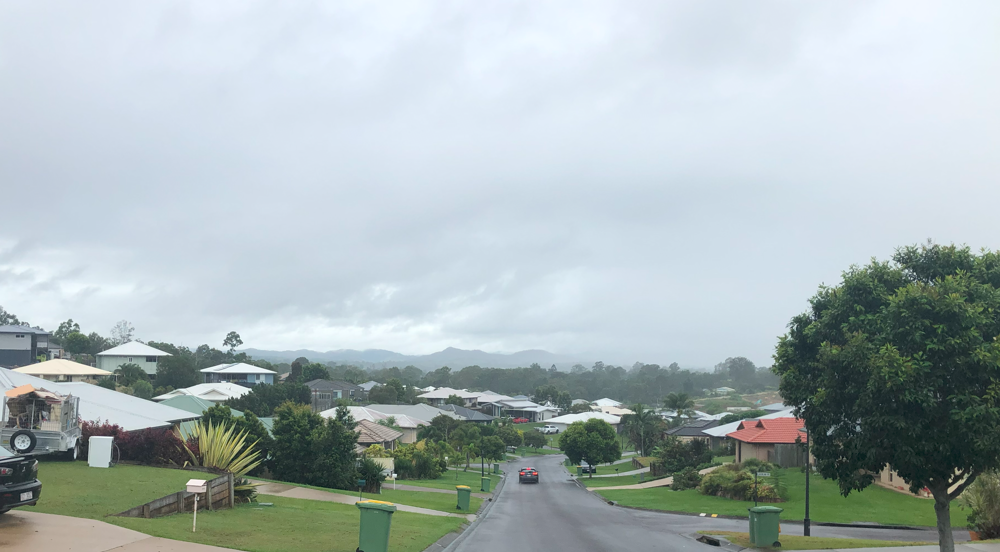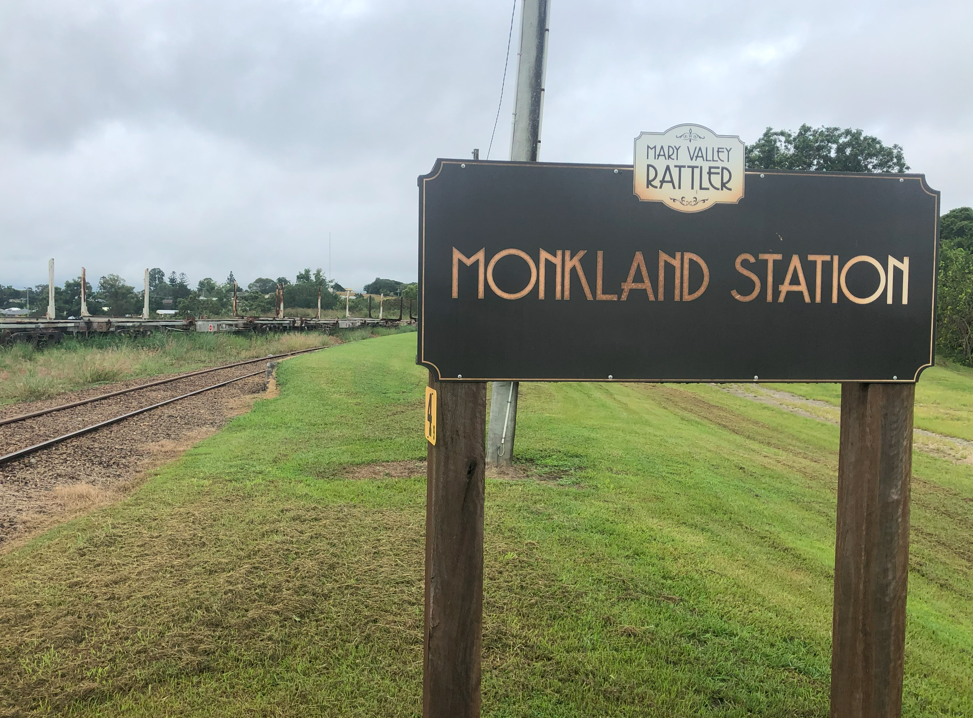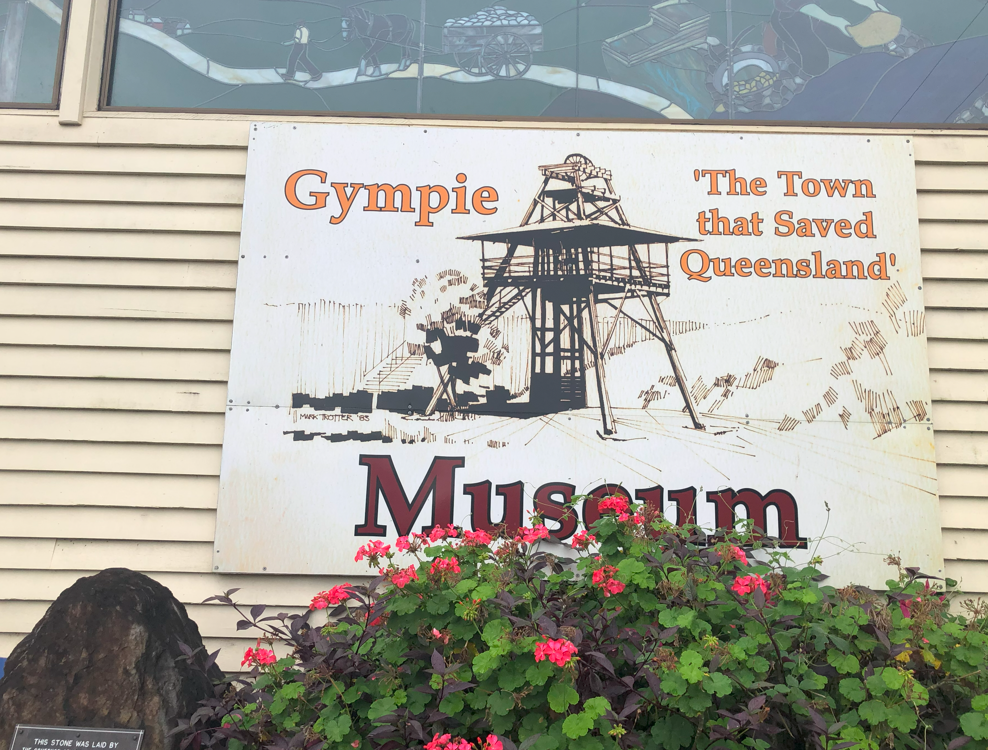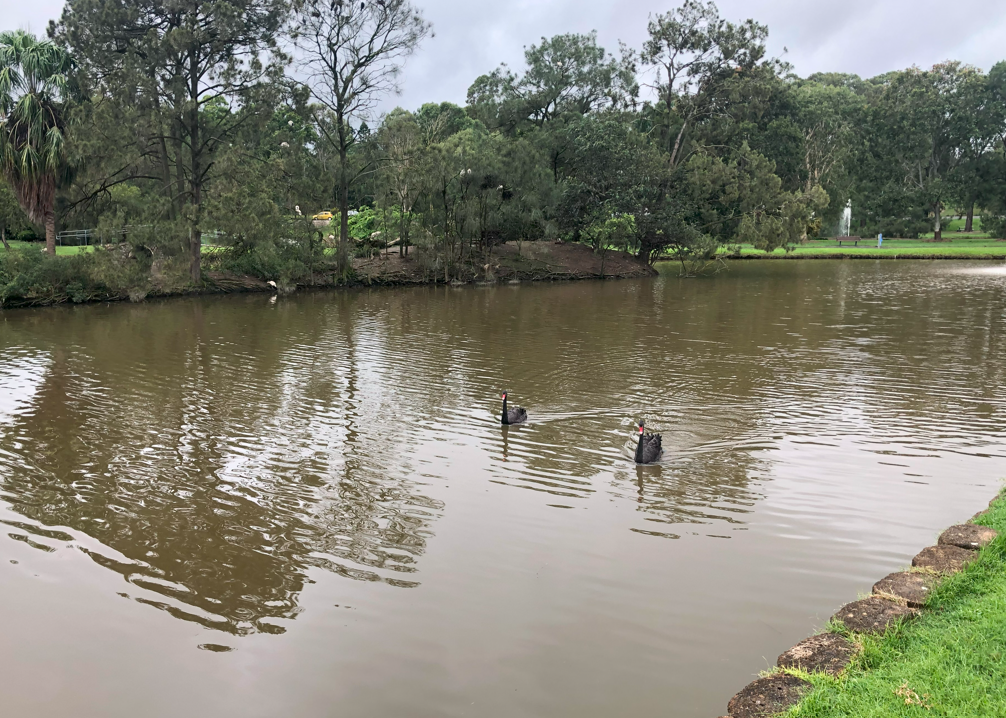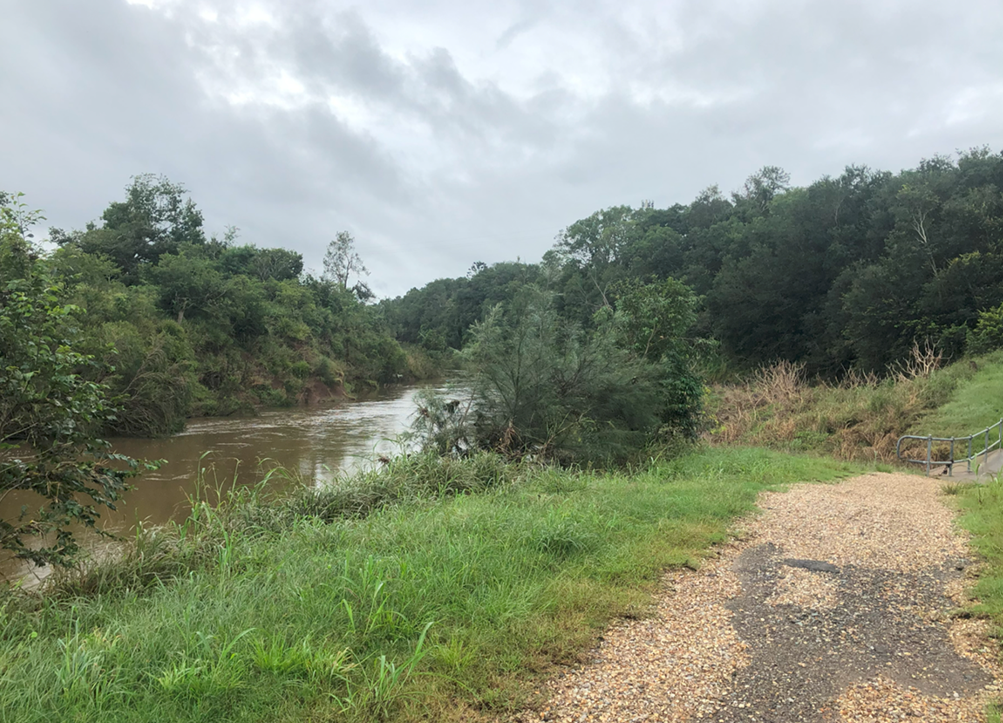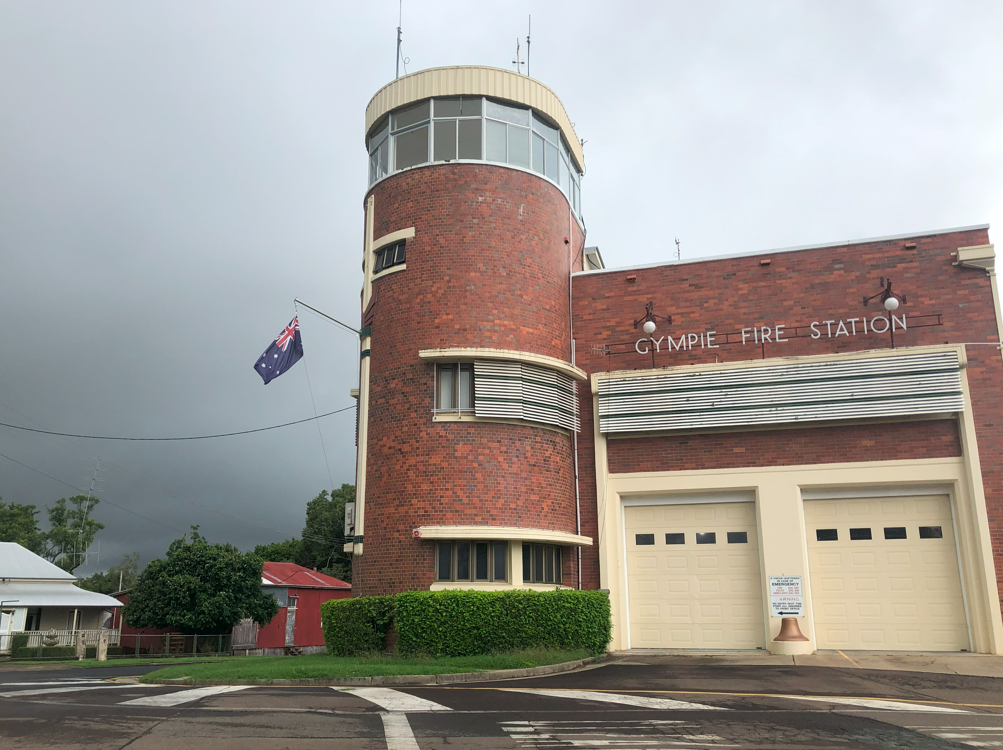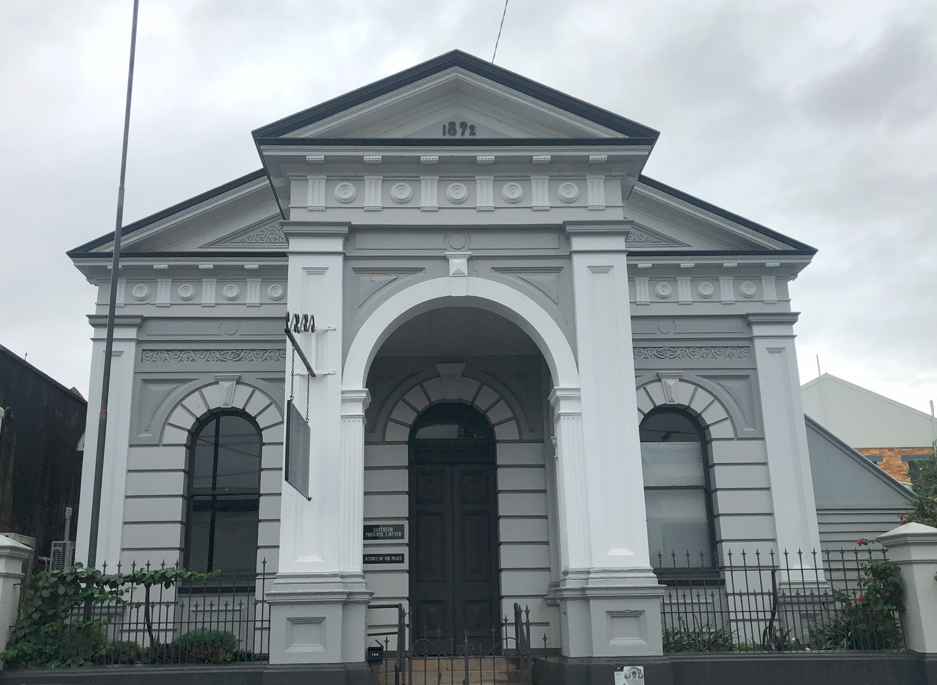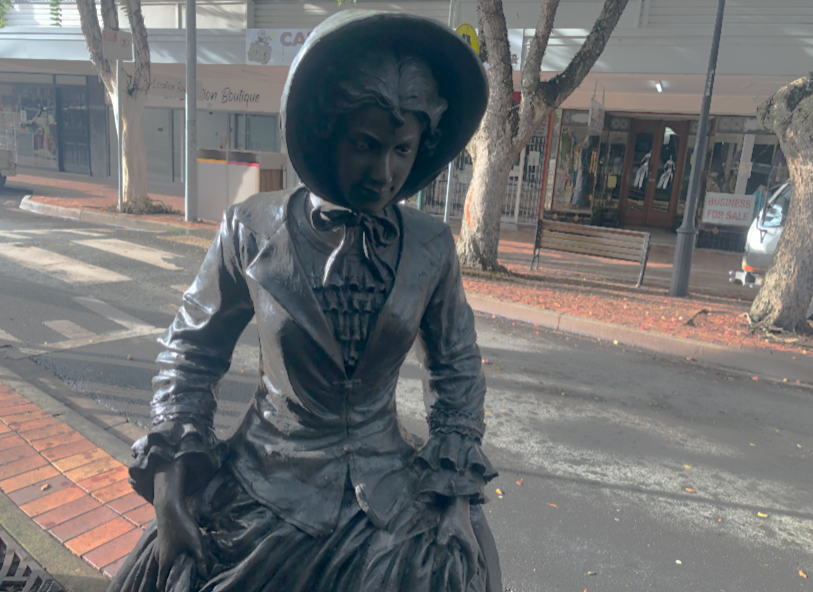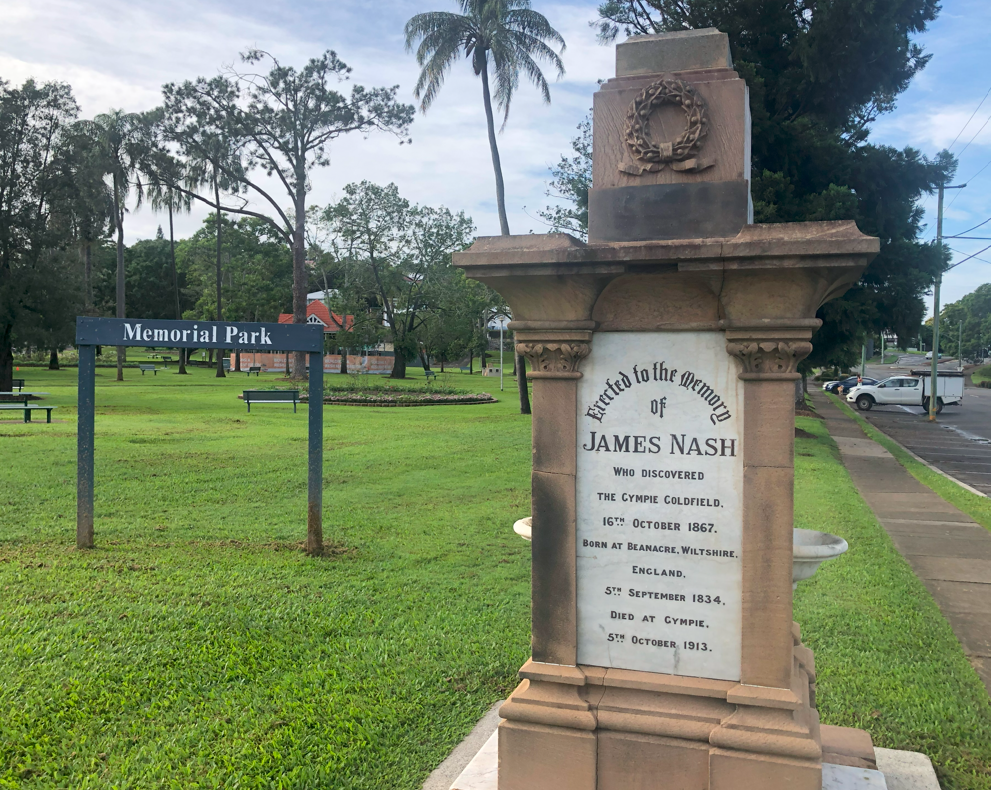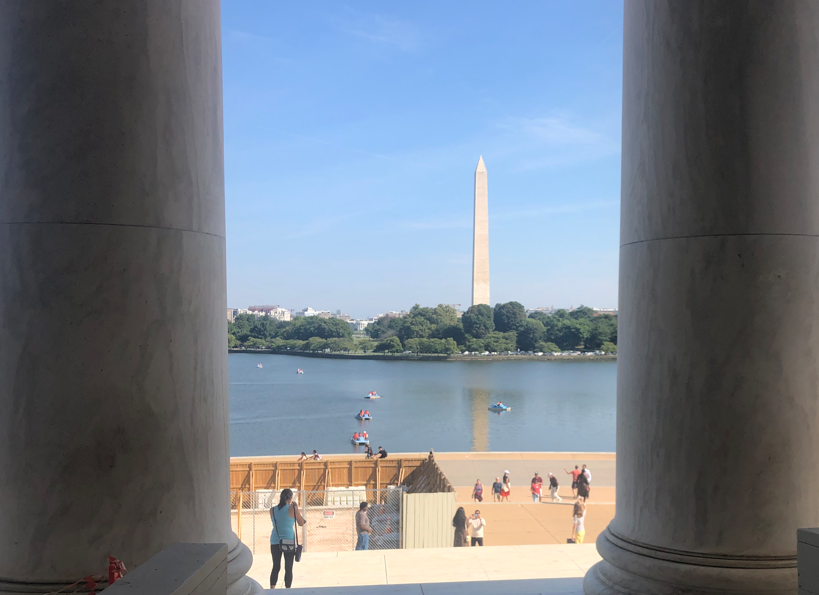
During my time as a journalist across Queensland (2009-22), I attended dozens of Anzac Day services, on and before the day. Whether they were held at cenotaphs, schools, aged homes, churches or cemeteries, they all commemorated Australia’s many war contributions and all followed a similar format: military-style marching, speeches, hymns, prayers, anthems, the ode, a minute of silence, reveille, and the laying of wreaths. I respected and enjoyed the solemnity of these occasions and I’m proud of the service my eldest daughter gives as a member of the Australian Defence Force. But the part of Anzac Day I enjoyed most was the camaraderie after the event, the chatting and catching up with old and new friends. As a journalist I took great delight in finding out news that was often unrelated to the day itself. I’m not alone in enjoying the aftermath of Anzac ceremonies, as packed pubs on the day prove.
In recent years, there has often been a pleasing inclusion of a Welcome to Country at Anzac Day ceremonies. Welcome to Country is performed by a local Indigenous person to acknowledge and give consent to events taking place on their traditional lands and has become a staple of many public gatherings. Like Anzac Day itself, Welcome to Country serves as a polite but important reminder of how our past continues to influence the present, a “lest we forget” that wars were things that did not just happen overseas.
But that development is now in peril. Last year Australia held a referendum to recognise Aboriginal and Torres Strait Islanders as the first people of Australia and to create a new body subject to parliamentary laws called the ATSI Voice to make representations to parliament on related matters. At the time I outlined my reasons why I was voting “yes”. However there was politicial division and the referendum failed with a 60 percent “no” vote. Only the ACT was in favour and my state of Queensland recorded the highest no vote of 68%. I was disappointed, but it was the will of the people. As someone who has long supported some form of treaty between black and white Australia, I believe we could still achieve Indigenous justice in other ways.
What I failed to foresee was a sullen triumphalism from many in the “no” camp, and demands for more action. Not content with winning the referendum, many now want to shut down any form of Indigenous identity, including the Aboriginal flag, Welcome to Country and smoking ceremonies. I was reminded of this on the first Anzac Day since the referendum. Someone in my social network shared a popular blog post called Welcome to Country violates principles of commemoration by a man named Charlie Lynn. I’d never heard of the 79-year-old Lynn but he has an impressive CV as a Vietnam veteran and a Liberal Party member of the New South Wales Legislative Council between 1995 and 2015. He has received honours in Australia and PNG, chaired many community and business groups, founded the Kokoda Youth Leadership Challenge and was a talented ultra marathon runner.
His opinion on Anzac Day was therefore worth reading and more troubling because of it. Lynn begins uncontroversially by saying that for the previous 32 years he had attended the Anzac Day service at Bomana Cemetery. Situated outside Port Moresby, Bomana is where many Australians were buried from the New Guinea campaign of the Second World War. The cemetery, he said, reflected “principles of equality, uniformity and commemoration in perpetuity.” I imagine it is a beautiful, poignant and highly relevant place to conduct an Anzac Day service.
This year Lynn was in Australia and attended Anzac Day services in his home town of Camden, New South Wales. He said he was proud of its conduct, that was, however, “UNTIL . . . it was hijacked by an aboriginal activist who was not satisfied with the privilege she had been granted to give a brief ‘welcome to country’.” Lynn said the microphone was “captured” by a woman named Aunty Glenda, “who apparently works for Centrelink (and was apparently paid $300) for the occasion, then went into a black-armband rant reminding us that their fathers were ‘invaders’ who had ‘massacred aborigines’, and that we now living on stolen land which ‘always was and always will be’ aboriginal land‘.”
Lynn said “Glenda from Centrelink” was unaware of those who sacrificed their lives to “save her people from the fate suffered by the Chinese population when they were invaded by the Japanese in 1937.” Lynn also claimed she was unaware that thousands of Australians died in the Papuan campaign and many relatives were sitting in the audience “she was berating.” He said that if she had served in the military she “would have learned that the only colour that counts to servicemen and women is the colour of their uniform” and her “intervention” was an insult to her RSL hosts and a proud Camden community. Lynn said he walked out on the speaker. “I did not wait to hear the full extent of her disgraceful rant. I removed my medals from my jacket and adjourned to the Crown Hotel for a quiet beer to settle down.” It’s not clear whether or when he returned to the Anzac Day service.
Lynn now wants to RSL to ban all “‘Welcome to Country’ speeches, ceremonies, and similar tirades from all Anzac Day services as they represent a violation of the principles of commemorations.” He outlined those principles as uniformity, equality, and “commemoration in perpetuity”. Uniformity covered the design of war cemeteries and of Anzac Day ceremonies, roughly the format I mentioned earlier: “prayers for the fallen, hymns, guest speakers, laying of wreaths, Last Post, a Minutes Silence, and Reveille”. Equality meant “no precedence in acknowledging one race above all others.” Lynn did not define what commemoration in perpetuity meant but said that if “aboriginal activists are permitted to infiltrate Anzac services by establishing ‘Welcome to Country’ as a bridgehead to become a norm, our sacred day will surely suffer the fate of Australia Day in years to come.”
There’s a lot to unpack in Lynn’s passionate piece, which I’ll get to in a moment. But almost crowding it out, was the pile-on response I saw on Facebook. A handful of commenters disagreed but they were drowned out. Mostly, there was a torrent of anti-Indigenous sentiment, none of it very new. “Yes they whinge and moan, but are happy to take the coin,” said one. “Scrap this welcome to country crap,” said another. “Im totally over these minority Indigenous who claim to represent the Indigenous Aussies from all over this country who used to regularly massacre each other while stealing the women!” said a third. “They don’t respect our heritage so why should we care about theirs,” said a fourth. “Wake up to fuking reality, every country on the planet has been invaded and colonised in some way. Get over it,” a fifth said.
On it went, a litany of complaints that could have been lifted from Pauline Hanson’s 1996 playbook with a very 21st century addition about “wokery”, the current shibboleth du jour for those detesting any measures towards inclusion. One revealing comment was “This Bullshit was supposed to stop with the NO vote…Aunty Marcia said,” accompanied by a picture of pro-Voice Indigenous academic Marcia Langton with text underneath “vote no and you won’t get a welcome to country again”. What Langton meant was if the Voice failed, non-Indigenous Australians would feel too ashamed to ask traditional owners to do a Welcome to Country. However, opponents treated it as a personal promise and demanded she never conduct another welcome to country again.
I am not blaming Charlie Lynn for the racist nature of these comments. Nevertheless there are several problems with his blog post and I will pay him the respect of addressing them. Firstly the event was not “hijacked” by an Aboriginal activist. As Lynn said, Camden RSL invited Aunty Glenda to speak and possibly paid her for the privilege (I can’t confirm this). It’s also possible her speech was not brief. I have attended many Anzac Day ceremonies where speakers gave long, boring and waffling speeches. Attendees might yawn, look at their watches, and wonder when will this end, but I’ve never seen anyone walk out. Imagine Lynn’s anger if an Aboriginal person had walked out of an Anzac Day service – to the pub, no less – if they were bored or confronted by a white speaker’s remarks. Lynn also queried Glenda’s title of respect, Aunty, by enclosing it in quotes and allowed readers to assume she was a dole-bludger with his repeated “Glenda from Centrelink” association.
As for the Japanese massacres of Chinese people in the Nanking campaign, these did happen. But there is no evidence to suggest that the Japanese would have treated Indigenous people worse than non-Indigenous had they invaded Australia. I don’t know if Aunty Glenda was aware of Nanking, but she would likely aware that more than 1000 Aboriginal and Torres Strait Islander peoples served Australia in the First World War, more than 4000 in the Second World War, and 300 more served alongside Lynn in the Vietnam War. They were not passive observers dependent on white saviours nor are they now “infiltrators” at Anzac Day services. Indigenous Australians helped protect their country from the fate of Nanking.
Lynn is correct to say Indigenous people in the military would have learned “that the only colour that counts to servicemen and women is the colour of their uniform.” However he neglects to note that they would have been reminded of other things that count as soon as they returned to mufti. Lynn, meanwhile, fails his own three principles of commemorations tests. Far from uniformity, Anzac Day is the classic “invented tradition” which has undergone constant change. In early years it was a purely religious ceremony. No cinemas, racecourse, hotels or sporting venues could open on the day so there was no sulking in the pub if you didn’t like what you heard. As for equality, it did not exist for black people under the law until long past the war that Lynn invokes. The government actively enforced the White Australia Policy in the 1940s. Aboriginal people remained non-citizens, subject to drastic restrictions on their lives and movements, hidden away in poverty-stricken reserves, missions and shantytowns, suffering ill health, and treated with lack of respect and racist condescension whenever they mixed with the white population, with the exception of the sports field. In places near the warfront like Burketown, Indigenous people were forcibly removed from their homelands without consent. Lynn’s undefined third principle “commemoration in perpetuity” is less preservation of a “sacred day” than an attempt to prevent the future from learning from the past as his lament about “the fate” of Australia Day (another contested invented tradition) shows.
Yet the past is where the hurt lies, something Lynn acknowledges when he described Aunty Glenda’s welcome as a “black armband rant”. The custom of wearing black armbands to denote mourning, grief, and loss comes from the Egyptian era and was passed down through the Romans. Oddly, while this seems an obvious fit for a solemn occasion like Anzac Day, I can’t remember ever seeing them worn on that day. Aboriginal people wore them on the 150th anniversary of colonisation in 1938 and presented a petition to King George VI to “mourn the death of the many thousands of Aborigines who were brutally murdered (and) mourn the loss of our land and the rape of our women by the white invaders.” But its Australian meaning was forever changed 30 years ago, just as Bill Stanner, Lyndell Ryan, Noel Loos, Henry Reynolds and other Australian historians joined a worldwide movement to document the dispossession, exclusion and marginalisation of colonised peoples. Not everyone was happy with this revisionism. Professor Geoffrey Blainey wrote that his generation grew up on the “Three Cheers” view of history which saw Australia largely as a success. He said in 1988 Australia moved “from a position that had been too favourable to an opposite extreme that is decidedly jaundiced’ and ‘gloomy’.” Blainey’s interpretation was a big influence on the Howard government’s approach from 1996 and the culture and history wars that followed.
It is fitting and proper that history should be contested. It is, after all, a matter of perspectives and there is no single right answer. Anzac Day’s “Lest we forget” invites us to remember all perspectives, including that of Aunty Glenda, rant or not. Her full name is Glenda Chalker, a Camden-born Dharawal woman of the Cubbitch Barta Clan. In her speech she probably spoke about the Appin massacre of April 1816 where at least 14 Aboriginal men, women, and children were murdered by British soldiers and the Camden Park area where her ancestors were forcibly removed to. Chalker wants to see a plaque at the site, which she helped preserve from developers. However she acknowledged to the ABC in 2022 that not everyone was “happy with what we have achieved”. Presumably these are the same people that would now demand Chalker and her mob “wake up to fuking reality”. The tragedy of the 2023 Voice Referendum is the stridency of those now who feel emboldened to roll back even those small achievements. Never mind Black Armband, Three Cheers is becoming Three Jeers. I hope the RSL matches the referendum result and treats Lynn’s suggestions with a polite but emphatic “no”.




